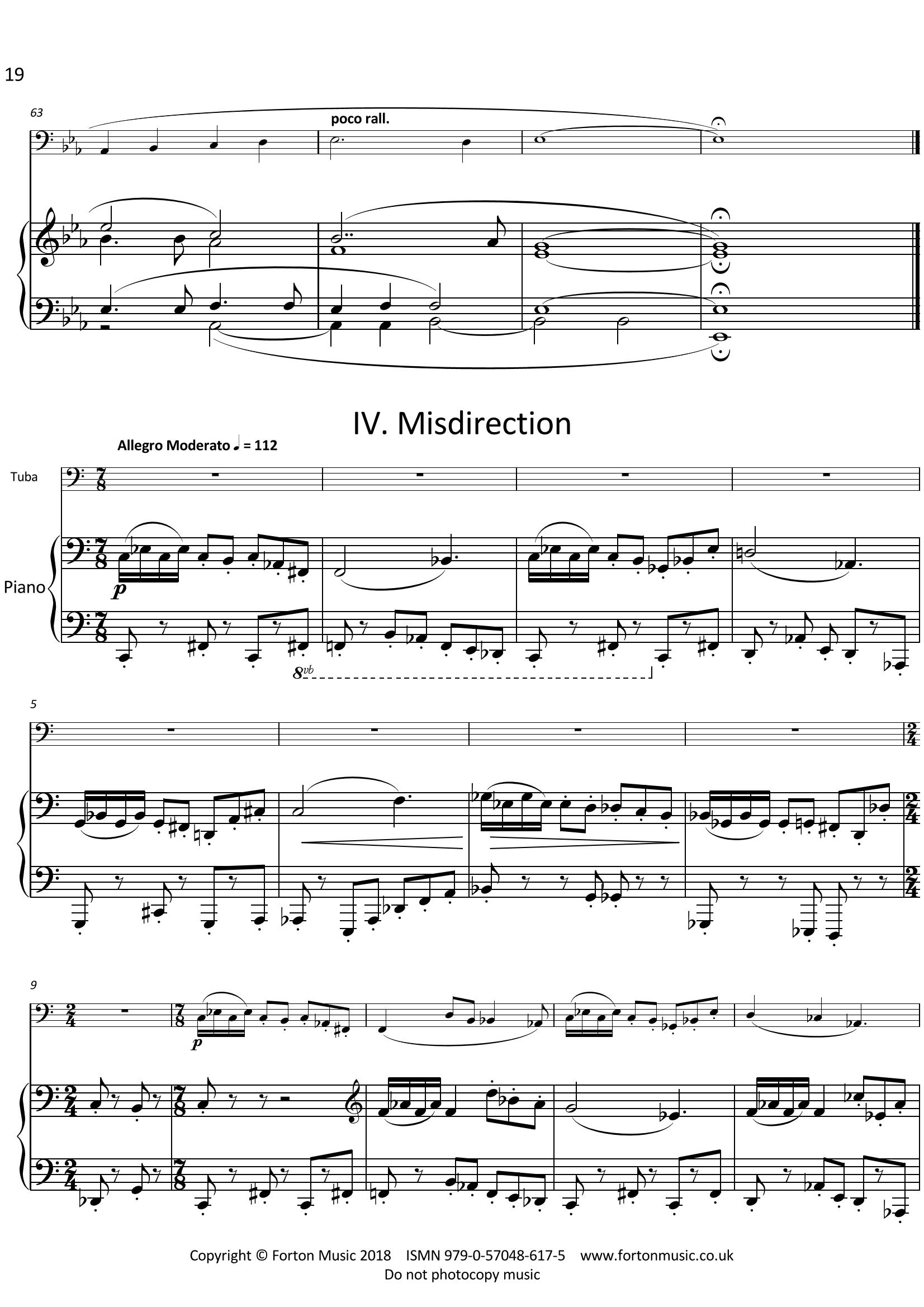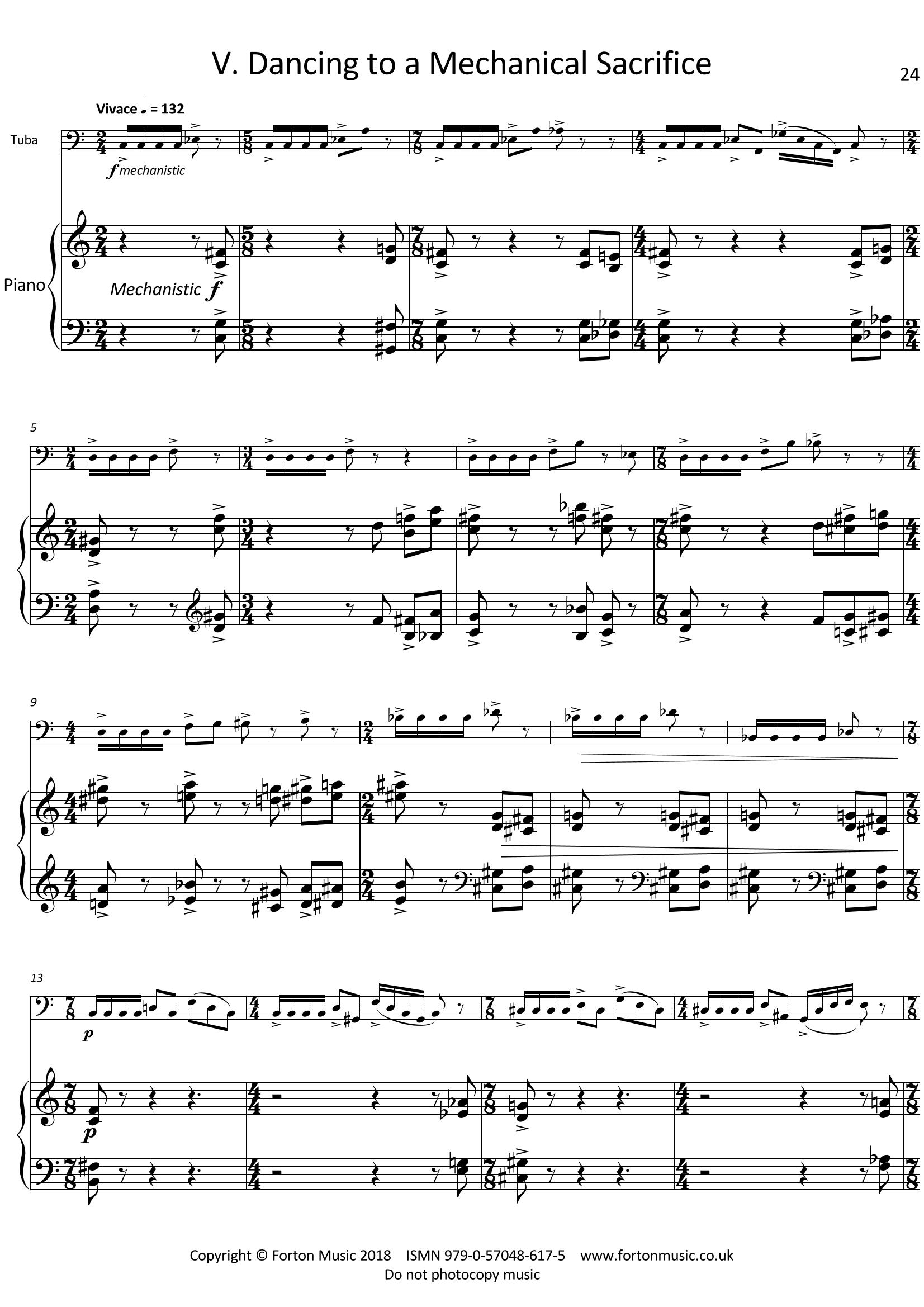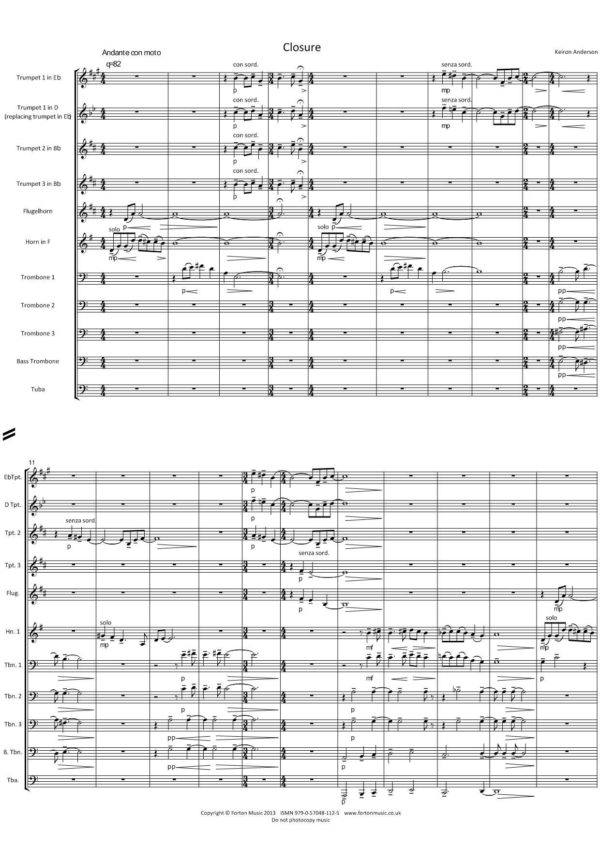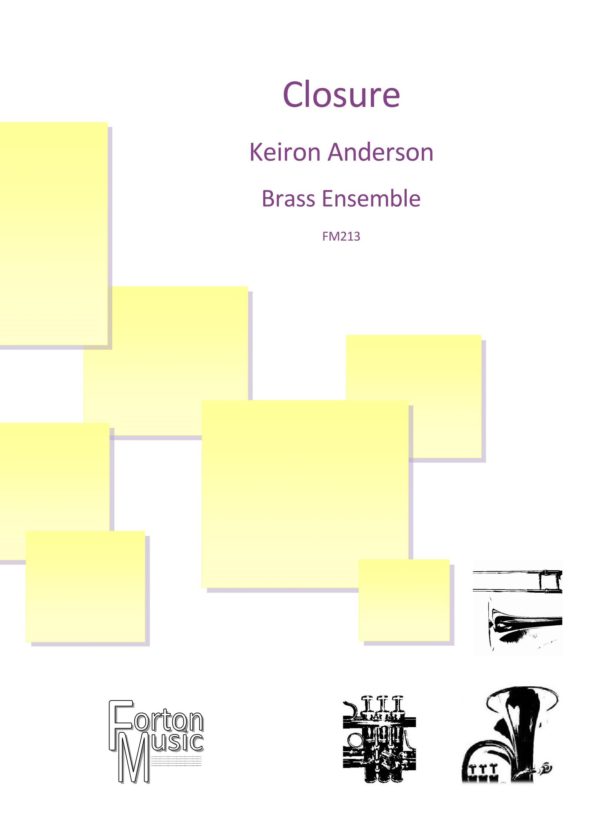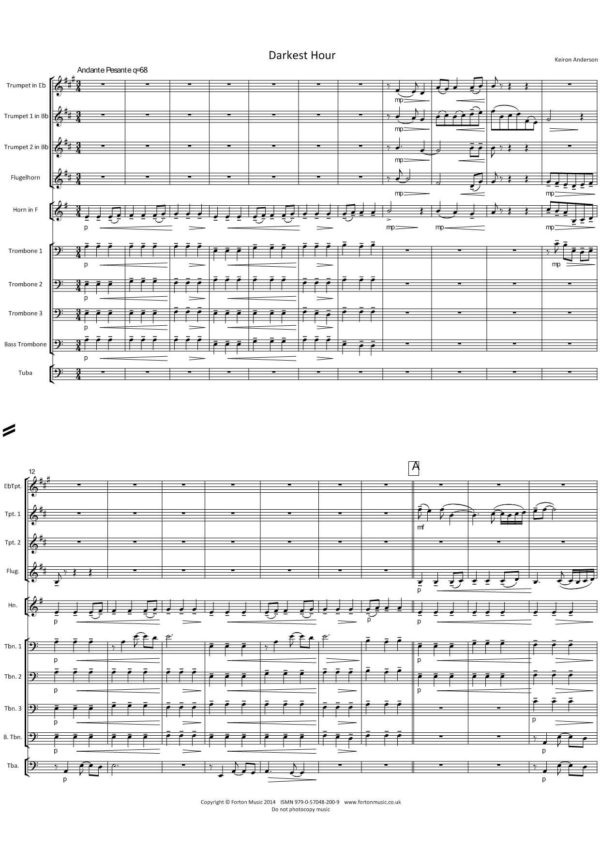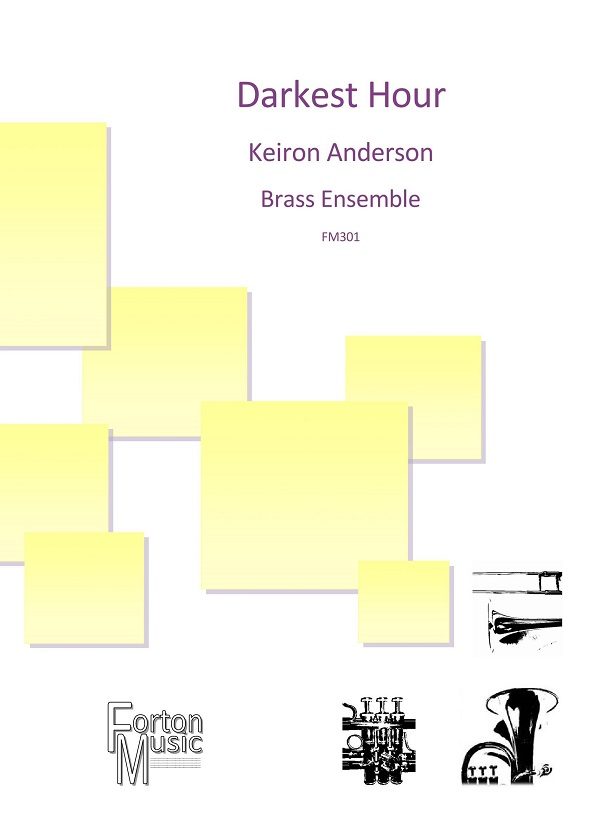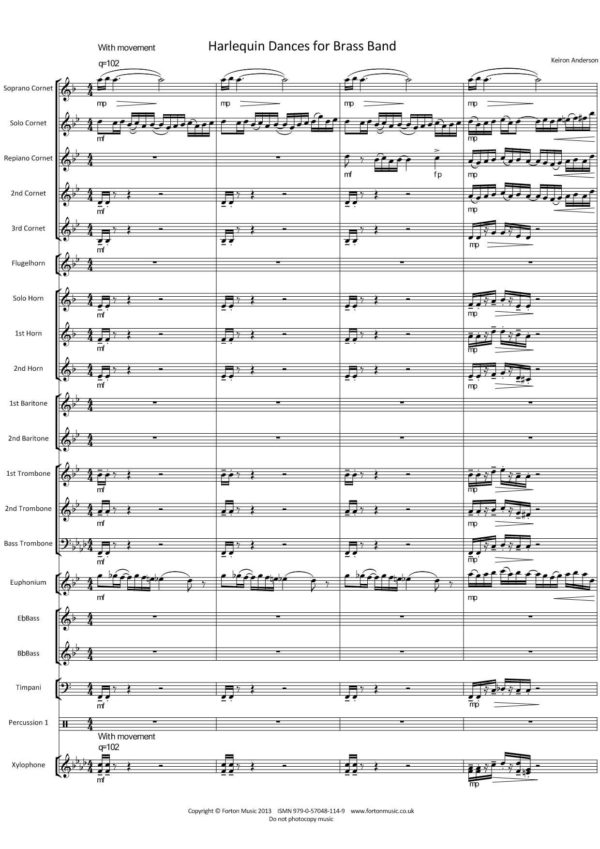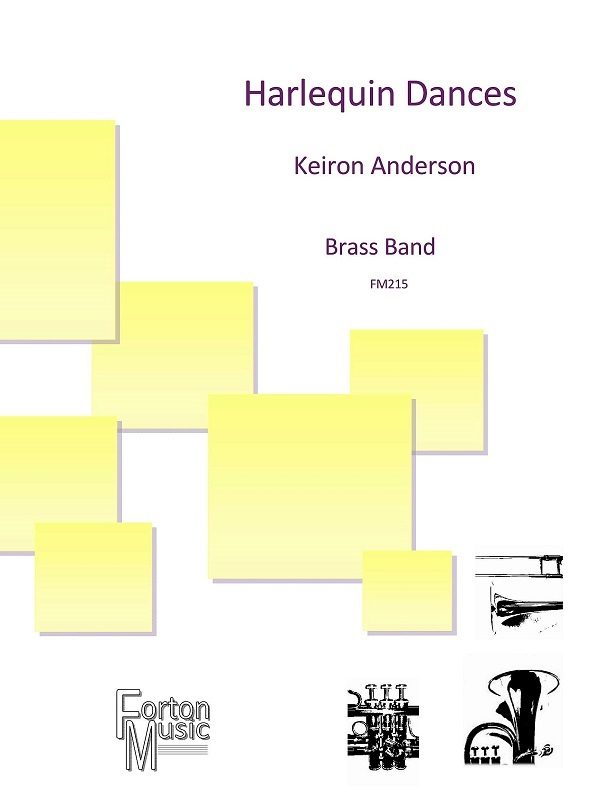Description
The Suite for Tuba and Piano is a composition designed to be performed as a whole, with a cyclical compositional arc or as individual movements. Despite the thematic and harmonic links throughout the suite, I was conscious of the desire for players to have a flexible selection of pieces that can be used as needed. Thus, the suite is quite an eclectic mix of colourful, serious, playful and challenging music. The movements are as follows: 1. Let the Pedal Ride – the title comes from pedal note “C” that runs through most of the movement. However, there are quite a few diversions allowing the Tuba to explore its capability of playing wide melodic leaps. The almost mechanical nature of the music has a hint of the industrial processes required to manufacture many modern instruments, a little like “riding” along a production line. 2. Glide – this movement features continual semiquaver motion throughout, mostly from the Piano, but also from the Tuba during the central development section. Combined with the enigmatic nature of the chord progressions, they lend a slightly dream like feel to this quite fast paced music. The melodic line “glides” along with grace and flow, giving the movement its title. 3. Of what would a Solitary Penguin Dream – The Tuba is often used to represent animals in various famous pieces, usually large angry, ones. This movement gave me a chance to compose for the Tuba’s lyrical side. Whilst not the most natural of melodic instruments, the Tuba does have the capability to produce a captivating singing tone. Accompanied with polyphony reminiscent of the high Renaissance, the music has a sense of innocent longing that seems to suite a less angry animal, hence the “Penguin”. 4. Misdirection – After the tonally coherent music of the previous movement, Misdirection is a return to a more diverse tonality. It also contrasts the long flowing melodic lines for a more disjointed irregular rhythmic and textural outlook. There are passages that also explore how melodically effective a bass line can be, despite it containing some quite angular intervals. 5. Dancing to a Mechanical Sacrifice – This movement, in a way, is a fast-paced return to the mechanical nature of the first movement. Its rhythmically intricacies are suggestive of a dance and its technically demanding nature necessitate quite a sacrifice of time to perfect. Musically it is the culmination of several ideas within the suite and serves as an exciting finale for the suite as a whole.



